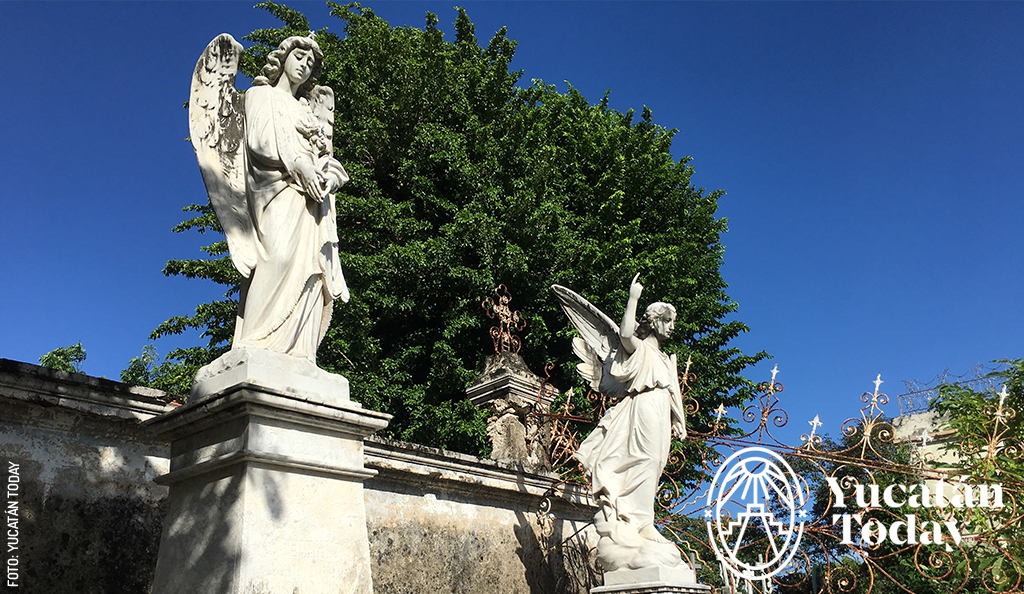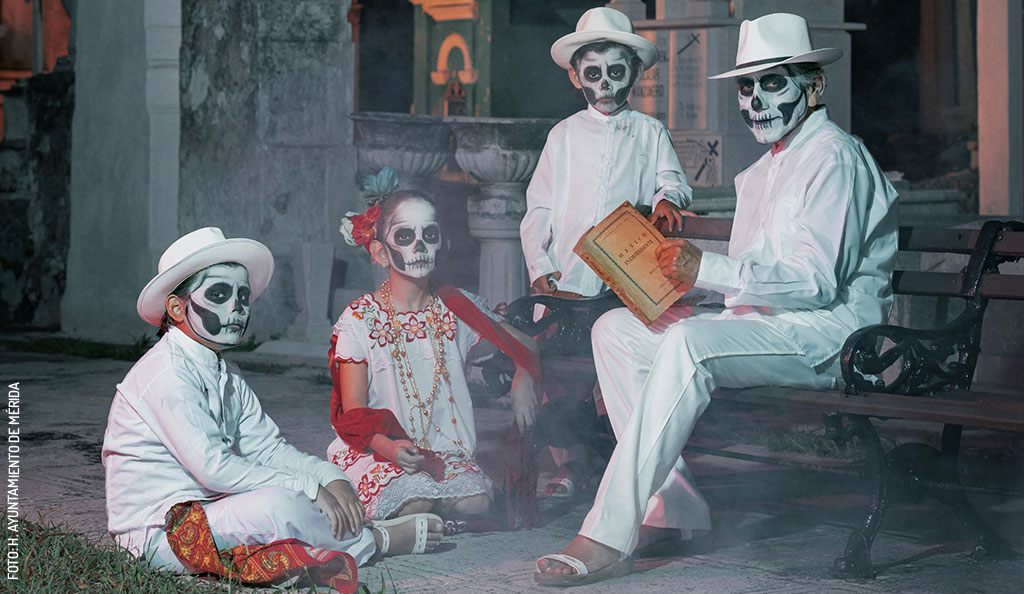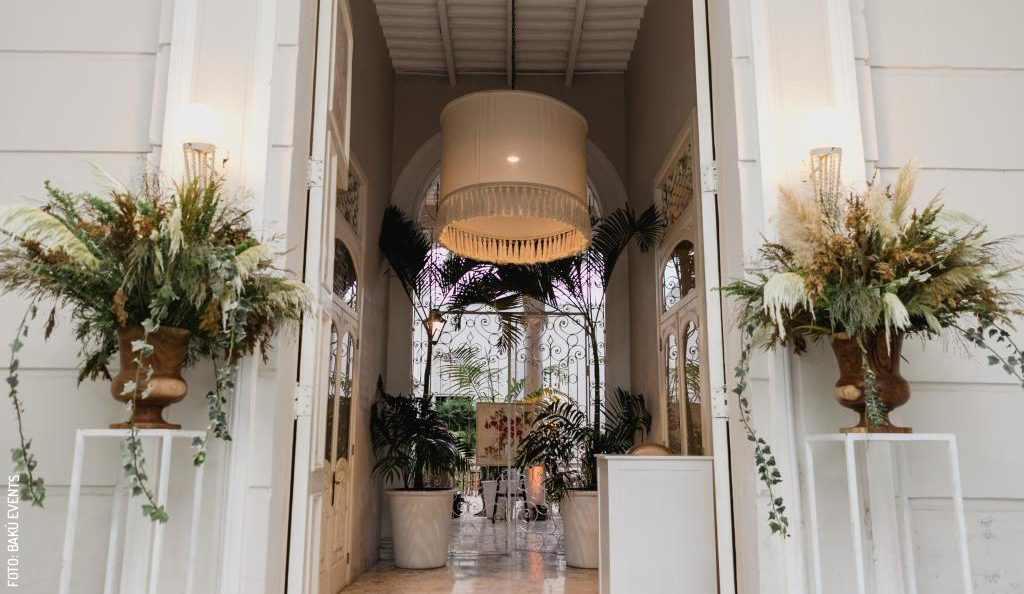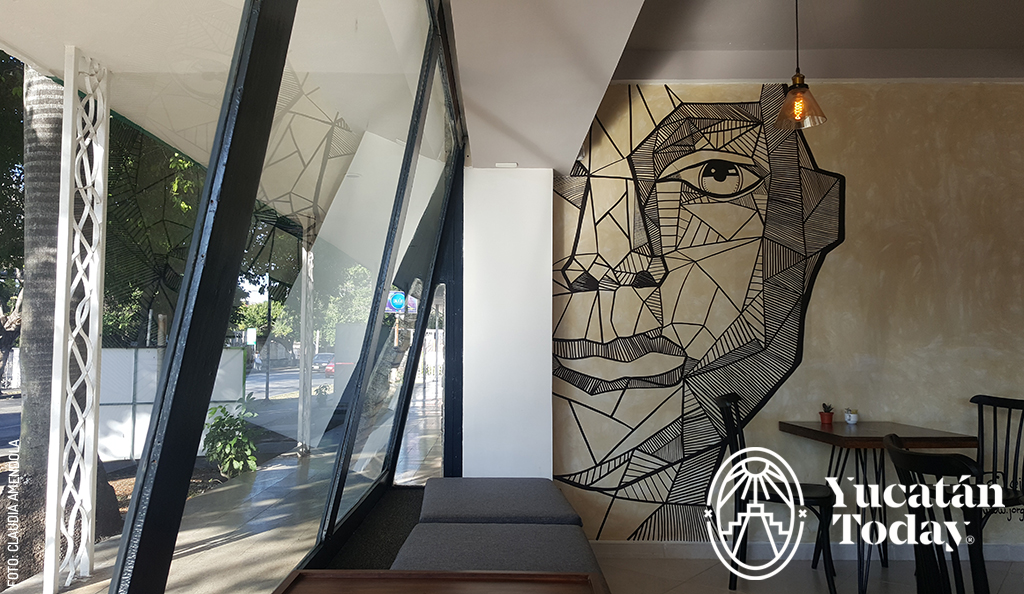
General Cemetery: A Resting Place
A place where the historical footprint, the memoirs, the love, and the pain meet: that’s a cemetery.
Let me tell you a little bit about the Cementerio General de la Ciudad de Mérida, a place that goes beyond being a graveyard, this cemetery is an example of artistic heritage, foreign influences, and one of the oldest cemeteries in the country.
Here you’ll find pieces that comprehend several styles, so different between them but adapting themselves to each other, a unique and beautiful artistic mixture. The highlights include styles such as neo-gothic, neo-Egyptian, neo-Maya, neoclassic, and art deco.
 It was established as a cemetery on November 1821; before becoming the last resting place of some of the most that it was the X-Coholté Hacienda, a very important site of the Camino Real (royal road) to Campeche. In March 2013, it was declared as Cultural Heritage of the municipality.
It was established as a cemetery on November 1821; before becoming the last resting place of some of the most that it was the X-Coholté Hacienda, a very important site of the Camino Real (royal road) to Campeche. In March 2013, it was declared as Cultural Heritage of the municipality.
If you get to the cemetery via Calle 81-A and 90 in Centro (the main avenue of the cemetery), you’ll be greeted by a neo-Maya style arch, that will welcome you to the Avenida de los Mausoleos. The cemetery has two main streets, the Mausoleos avenue and the Sindicatos avenue. Along both you’ll find impressive works of art and priceless items of Yucatán’s history.
Take your time walking through the avenue, and get up close to appreciate the details on each mausoleum and grave surrounding you. Notice how time has taken its toll on the stones for more than a hundred years and nonetheless, their beauty and detail are still standing. On your way along the cemetery between the mausoleums I’m sure you’ll feel immediately attracted to the Medina Ayora’s family mausoleum, an impressive building of neo-gothic style that will transport you through time.
Also notable is the sculpture that is found on the back of the Medina Rodríguez’s family mausoleum. The sculpture represents a woman lovingly moving her late husband’s shroud. The original work, which was made for the Pienovi tomb at the Staglieno cemetery in Genoa, was sculpted by the Italian Giovanni B. Villa and replicated for this mausoleum by the sculptor Almo Strenta.
.jpg)
Another highlight is the work of neo-Maya of Colombian sculptor Rómulo Rozo, the same who brought the Monumento a la Patria to life and who was commissioned to grace, with his talent, the Rotonda de la Sociedad Artística Ricardo Palmerín (memorial for the artistic community), where major Yucatecan music icons rest.
I invite you to attend the cemetery this Janal Pixan season to feel the history in the air, the beauty in your eyes, and the peaceful atmosphere. The entrance is free and it's open every day from 8 am to 5 pm. You can learn more about its history on the free night tours every Wednesday at 8 pm.
Photography by Yucatán Today and Alberto Chuc, for its use in Yucatán Today.
In love with Yucatán? Get the best of Yucatán Today delivered to your inbox.
Related articles

The 2025 Festival of Souls: A Living Tradition in Mérida
From October 25 to November 2, Mérida prepares processions of souls, fairs, art exhibits and plenty of Día de Muertos-related activities!
A Majestic Conceptual House: Casa T'HŌ
Discover the majesty of Casa T'HŌ in Mérida, a space that celebrates Mexican design and history in a heritage setting.




